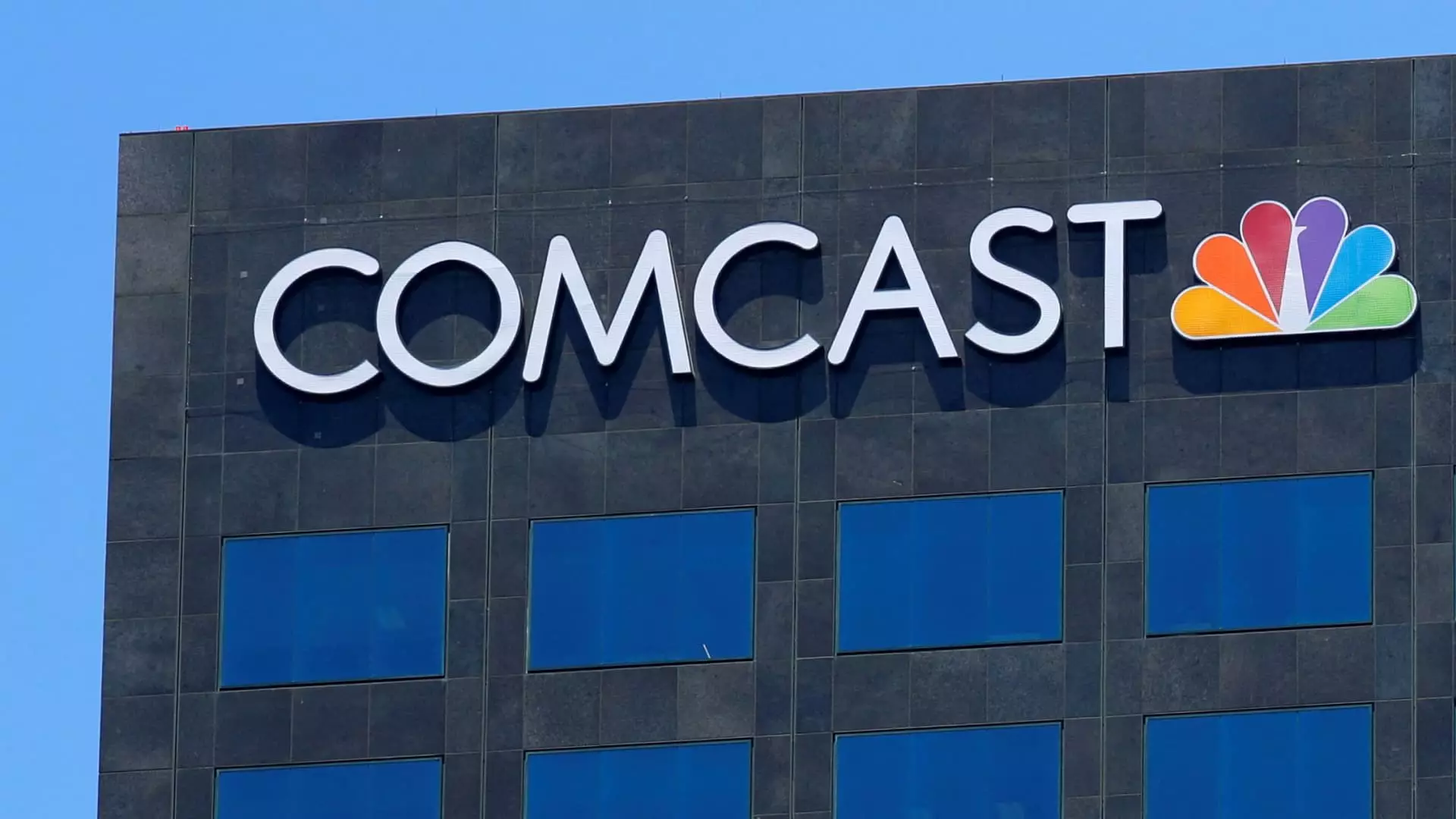As the media landscape continues to evolve, Comcast’s recent decision to pursue a spinoff of its cable network channels signifies a pivotal moment for the company. This strategic move aims to address the changing consumer preferences, particularly the shift from traditional cable to streaming services. The separation is fueled by an understanding of the need to enhance operational flexibility and capitalize on emerging market opportunities.
The impending spinoff, which is expected to unfold over the course of a year, will see Mark Lazarus, the current chairman of NBCUniversal’s media group, at the helm of the newly formed entity. This leadership decision underscores Comcast’s commitment to maintaining a strong governance structure amid transitions. Anand Kini, presently Chief Financial Officer at NBCUniversal, will transition into the CFO role for the new company, ensuring a level of continuity in financial oversight.
It’s noteworthy that Comcast’s Chairman and CEO, Brian Roberts, will retain a voting position in the new company. However, his absence from active management or board duties indicates a strategic distancing that may allow for a more agile and focused leadership under Lazarus and Kini. This change could be critical in enabling deeper specialization and faster decision-making, elements essential for success in the hyper-competitive media environment.
One of the significant implications of Comcast’s spinoff is the enhanced flexibility it will provide. Industry insiders suggest that the newly formed cable network entity will be positioned to explore various strategic avenues, including potential mergers with other networks or investments from private equity firms. This optionality is particularly pertinent as media companies grapple with the implications of cord-cutting, an ongoing trend that continues to challenge traditional linear television models.
The tax-free nature of the spinoff, alongside the intention to mirror Comcast’s share structure, suggests a level of shareholder-friendly planning. By allowing shareholders to benefit directly from the performance of the cable networks independently, Comcast positions the new entity for a bright future amid market challenges.
In the context of the spinoff, Comcast’s approach to content distribution will play an essential role. The decision to keep Bravo within NBCUniversal underscores the importance of robust content integration across platforms, notably Peacock, the company’s streaming service. With an increasing number of consumers preferring on-demand viewing, the retention of Bravo’s content illustrates Comcast’s strategy to streamline its offerings and maximize synergy between traditional cable channels and digital streaming platforms.
Moreover, as the company navigates the waters of streaming versus traditional television, its commitment to nurturing the Peacock platform is apparent. The service has seen enhancements over recent years, aimed at appealing to the very demographic that is often shifting away from cable subscriptions. This dual focus on both cable networks and streaming signifies a comprehensive approach to media consumption.
Despite the challenges posed by cord-cutting, traditional TV networks remain a reliable revenue source for major media conglomerates like Comcast. The recent report of a nearly 37% increase in revenue from Comcast’s media segment in the third quarter, largely attributed to significant events such as the Olympics, illustrates that linear TV still holds substantial value. It is crucial for Comcast to leverage this revenue stream while also investing in digital transformation.
This balancing act of safeguarding cash flows while pivoting towards future potential scenarios will require strategic foresight and deft management. The anticipated discussions regarding licensing agreements and collaborations between networks like MSNBC, CNBC, and NBC News will mark the next steps in solidifying the foundations of both Comcast and the newly formed entity post-spinoff.
Comcast’s spinoff of its cable networks is not merely a financial restructuring but a broader strategic pivot aimed at navigating an industry fraught with disruption. As the company prepares for these changes, the leadership dynamics, potential for growth through mergers and acquisitions, and a sharp focus on the integration of valuable content will play a fundamental role in shaping its future trajectory. The coming year will be crucial as Comcast addresses these challenges, positioning herself to adapt continually to the fast-changing media landscape.

